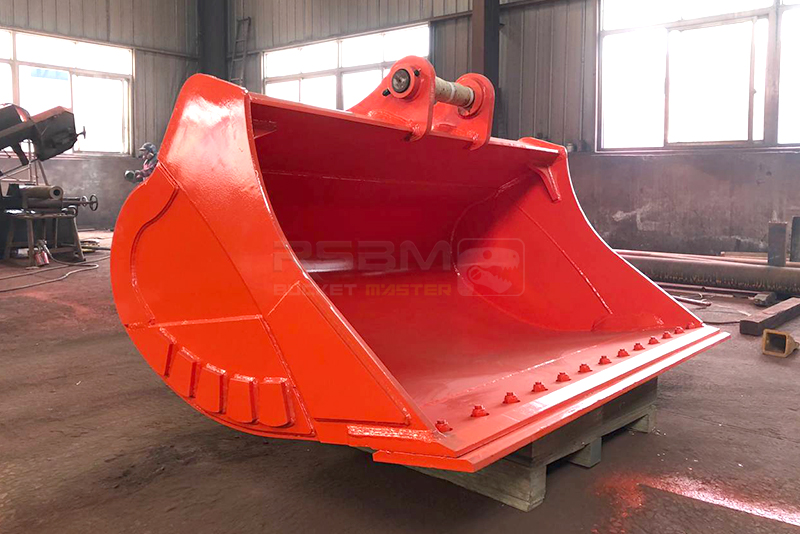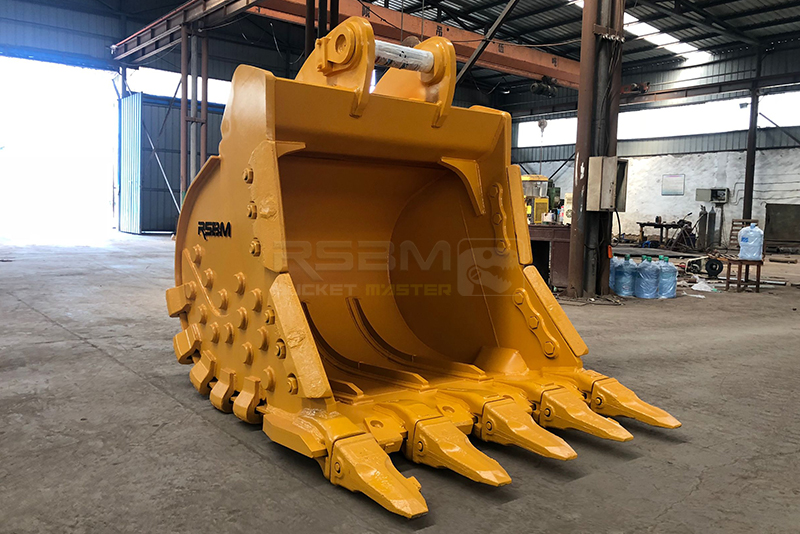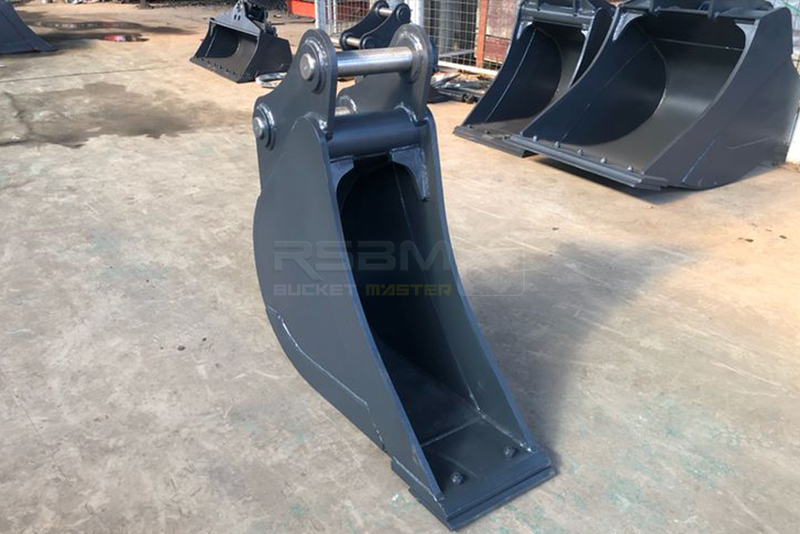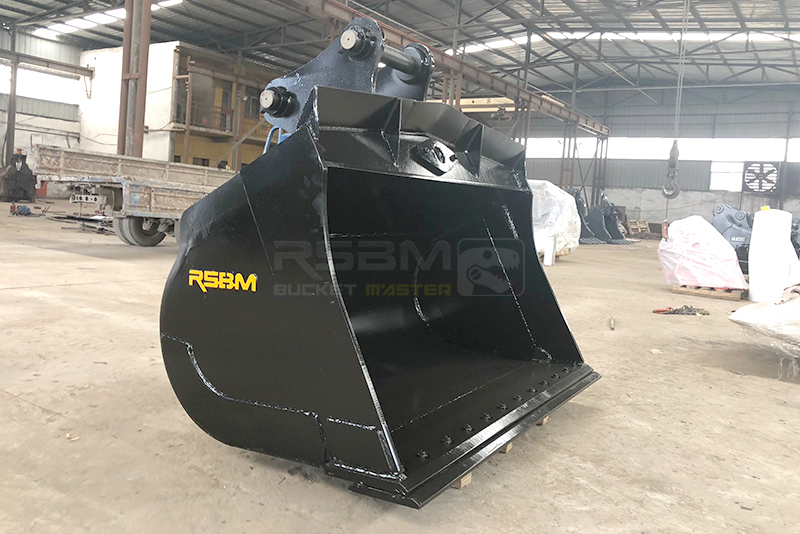How to choose the right excavator bucket?
Choosing an excavator for your jobs is only the first step in acquiring the tools you need. Whether they're mini or large, excavators are incredibly versatile because of the available bucket and attachment options. So choosing the right bucket can make your work easier and more efficient.
Choose an Excavator Bucket That Suits Site Conditions
When choosing an excavator bucket, the first thing to consider is the specific application and type of material you are handling. You typically want to find the best bucket for your job, solving the job done as efficiently as possible
Different applications can also require different types of buckets. For example, you wouldn't be able to dig an 18-inch trench with a 30-inch bucket. Some buckets have features to handle certain types of materials. A rock bucket has a V-shaped cutting edge and long, sharp teeth that can break through hard rock and push heavy loads with more power. A digging bucket is known to handle hard soil. Consider the type and density of your material and ensure you select a bucket that is capable of lifting it.
Excavator Bucket Types
An excavator can do anything from digging trenches and laying pipes, to landscaping and moving snow. Several bucket types enable an excavator to handle various materials within these applications. While there are also many specialty buckets available, the six most popular buckets include:
• Digging buckets, Standard bucket
• Cleaning, ditching buckets, Mud bucket
• Heavy-duty or heavy-duty rock buckets
• Trenching buckets
• Tilting buckets
• Skeleton bucket, sieve bucket
What Is a Cleaning Bucket?
For the cleaning bucket, we use the double-blade board design. They also have lift eyes, weld-on side cutters, and reversible bolt-on cutting edges. This construction creates smooth edges for all digging areas and works best with soft materials and soils. Cleaning buckets, also called mud or ditching buckets, have a lot of versatility for loading material, grading, leveling, back-filling, and cleaning ditches for improved drainage.
In the following projects, you can use the cleaning bucket
• Landscaping
• Ditch maintenance
• Slope shaping
• Road construction
Cleaning bucket
What Is a Heavy-Duty Bucket?
A heavy-duty or severe-duty bucket is usually made from high-strength, abrasion-resistant steel such as NM400 or Hardox. Because of their superior durability, these attachments are often used in rock.
Heavy-duty rock buckets can handle even heavier materials
Heavy-duty rock bucket
What Is a Trenching Bucket?
A trenching bucket is used for trench digging. It works well for narrow cable trenches, pipe culverts, and drains. It has a narrow shape, a sharp, flat blade, and an extended front section for better access. This tool can dig deep trenches while maintaining a fast cycle time. A trenching bucket should be used for high-precision jobs, such as digging around pipes.
Trenching bucket
What Is a Tilting Bucket?
A tilting bucket has many of the same applications as a grading bucket — with the added feature of 45-degree rotation in either direction. Because of the tilting ability, these buckets are useful for creating precise slopes. They also allow an excavator to move or shape more land without changing positions as frequently. These features may allow you to experience increased uptime with heavy-duty construction.
Tilting bucket
What Is a Skeleton Bucket?
A skeleton bucket has heavy plates with gaps in between. Small particles fall through, sifting out coarse soil or rocks from fine soil.
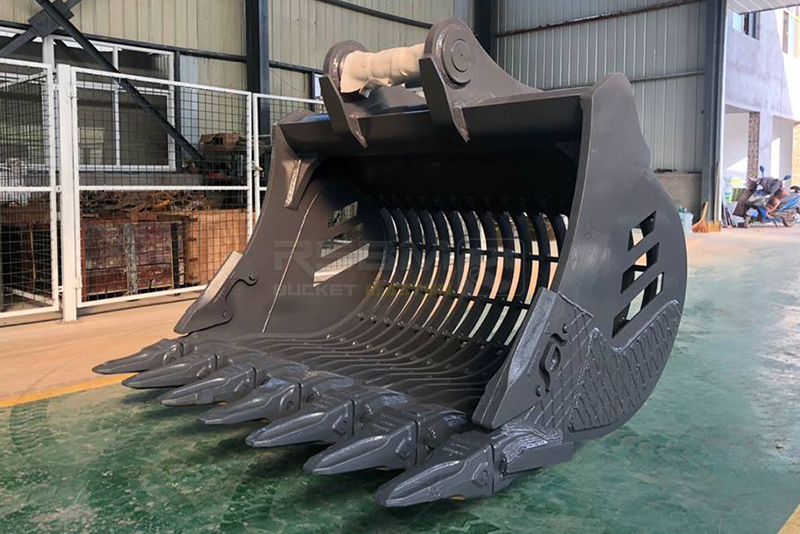
Skeleton bucket
Post time: Aug-27-2021

